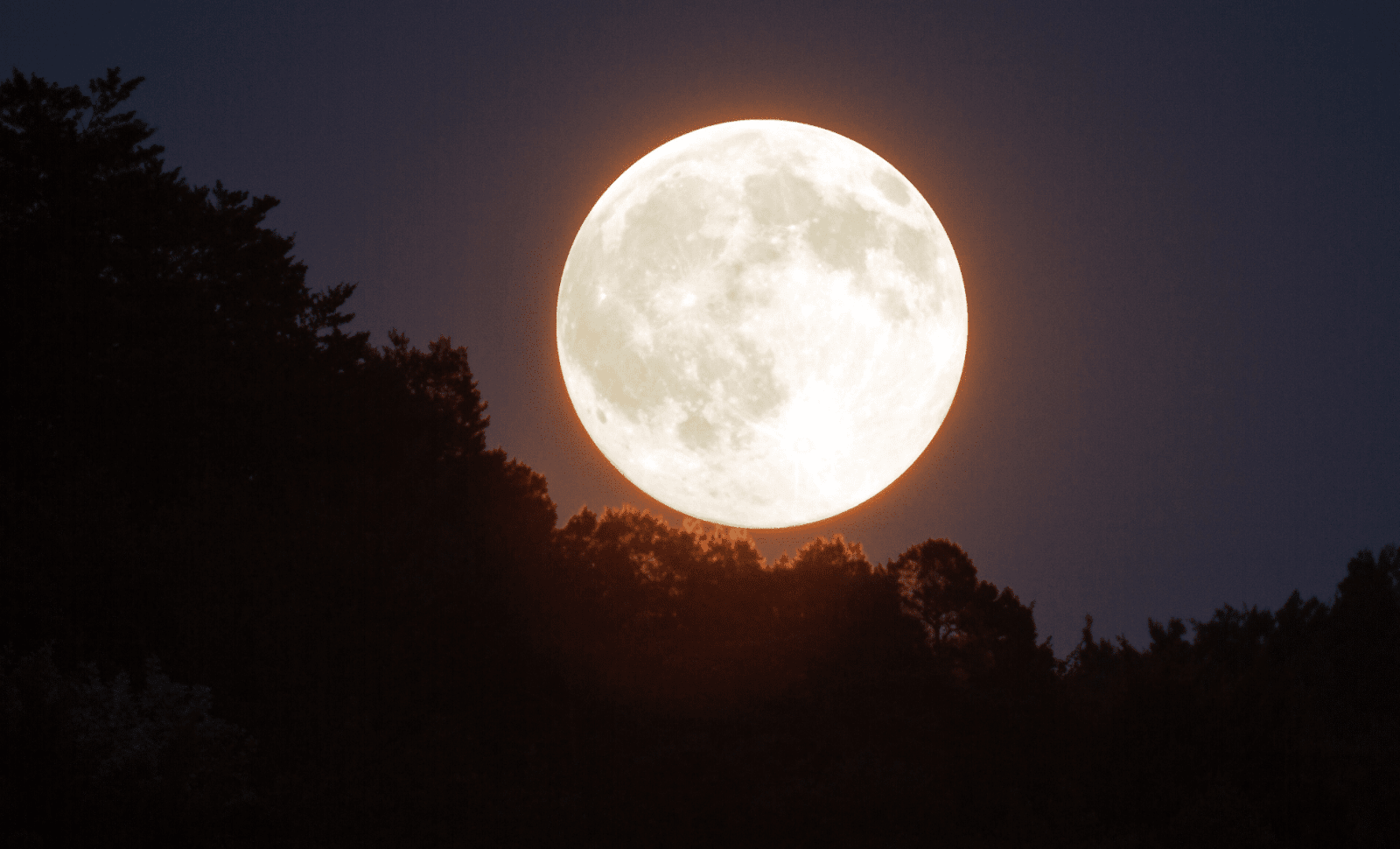The Harvest Moon, traditionally associated with the fall season, will shift into October in 2025, creating a rare occurrence for skywatchers. This change happens due to the moon’s position in relation to the autumn equinox. While the event is relatively uncommon, it offers a chance for stargazers and farmers alike to experience this unique phenomenon. As reported by Space.com, this unusual timing is a result of the moon’s orbit and its proximity to the equinox, making it a celestial event worth noting for those who love to watch the night sky.
The Harvest Moon: A Seasonal Signifier
The Harvest Moon, named for its timing near the fall equinox, has been an important marker for centuries. This full moon traditionally comes closest to the equinox, which occurs around September 22 each year, signaling the official beginning of fall. It allows farmers to extend their workday, gathering crops by the light of the moon well into the night. Historically, the Harvest Moon helped Native American tribes track seasons, and its light illuminated the harvest of crops like corn, beans, pumpkins, and squash. This deep-rooted connection to the Earth’s rhythms is what makes the Harvest Moon more significant than any other full moon.
Why the 2025 Harvest Moon Will Be So Special
In 2025, the Harvest Moon won’t take place in its usual September slot but will occur on October 6. This happens because the full moon closest to the equinox happens later than usual, closer to the month of October. Specifically, the full moon on September 7 was 15 days ahead of the equinox, but the October 6 full moon will be only 14.4 days after the equinox, making it exceptionally close to the autumnal event.
This shift isn’t entirely random—it’s the result of the moon’s elliptical orbit and the specific dynamics of its cycles. Full moons typically occur about every 29.5 days, but the dates can vary depending on how close they are to the equinox or solstice, making October’s occurrence a rare anomaly.
The History of the Harvest Moon and Its Connection to Agriculture
The name “Harvest Moon” is closely tied to the agricultural history of the Northern Hemisphere. Ancient tribes would rely on this bright, early-rising moon to harvest crops at night. This “long night” was seen as an opportunity to maximize work hours in preparation for the winter. Interestingly, the Harvest Moon is not the longest full moon in the sky—it’s the full moon closest to the winter solstice that stays above the horizon the longest. But it’s the timing of the Harvest Moon’s rise—near sunset—that creates the most significant effect.
The moonrise timing of this moon is peculiar. Instead of rising about 50 minutes later each night, as is typical with other full moons, the Harvest Moon rises roughly at the same time each evening. For example, in 2025, moonrise in Boston on October 5 will occur at 5:32 p.m., on October 6 at 5:55 p.m., and on October 7 at 6:20 p.m. This consistency helps farmers continue working late into the night by providing enough light to harvest crops.
How Often Does the Harvest Moon Occur in October?
The 2025 Harvest Moon in October is an uncommon event. From 1970 to 2050, only 18 Harvest Moons will fall in October. The last time it occurred was in 2020, and the next occurrence will be in 2028. The interval between these events is usually about three years, though it can sometimes stretch as long as eight years. As such, skywatchers should mark their calendars for this rare phenomenon—it won’t happen again for a few more years.
The Unusual Moonrise: What Makes It Different?
One of the most interesting aspects of the Harvest Moon is how it rises. During this period, the moon doesn’t follow its usual 50-minute rise schedule; instead, it appears at almost the same time each evening. This effect is most noticeable for those living in the Northern Hemisphere, particularly in places like Boston, where the moonrise is just 24 minutes later each night. For locations farther south, the difference can be up to 37 minutes, while in more northern locales like Edmonton, Alberta, the difference is just 11 minutes.
The reason for this unique rise time lies in the position of the moon along the ecliptic. At this time of year, the angle of the ecliptic is smaller compared to the horizon, making the moon appear to rise more gradually. This is especially true in higher latitudes. For those living near70 degrees north, the moon might even appear to rise earlier each night—a paradox that fascinates astronomers and stargazers alike.
Harvest Moon’s Cultural Significance
Beyond its agricultural and astronomical importance, the Harvest Moon holds cultural significance in many parts of the world. In Native American tradition, the Harvest Moon was essential for ensuring the success of the harvest season. The moon served as a light during the busy time of crop gathering, and its appearance often marked the final push before the colder months set in. This sense of urgency and connection to the earth’s cycles is deeply rooted in human history and continues to resonate today.
Enjoyed this article? Subscribe to our free newsletter for engaging stories, exclusive content, and the latest news.












